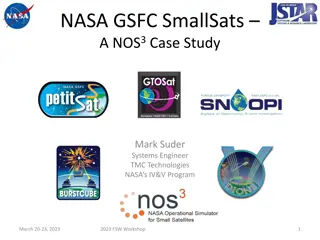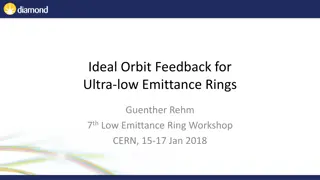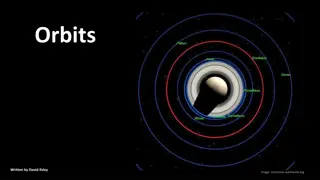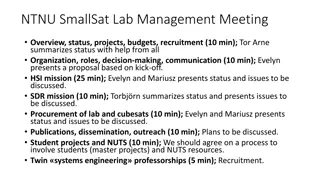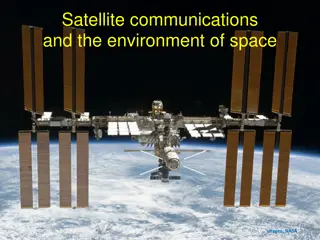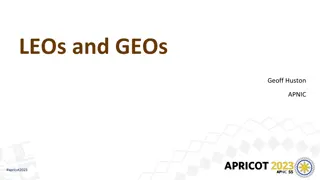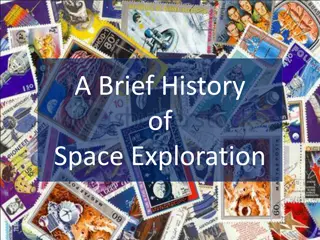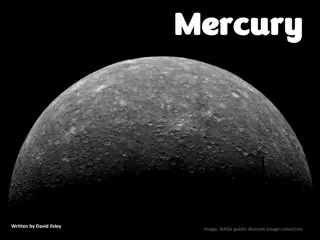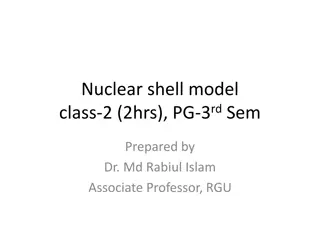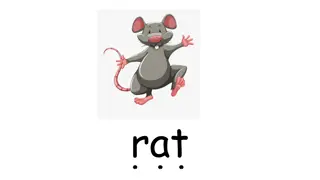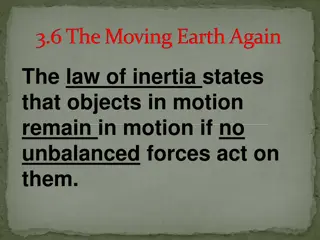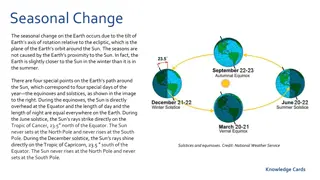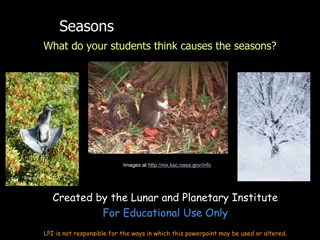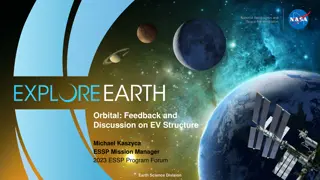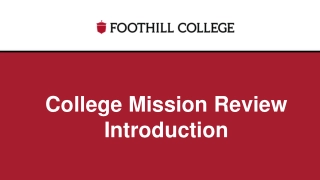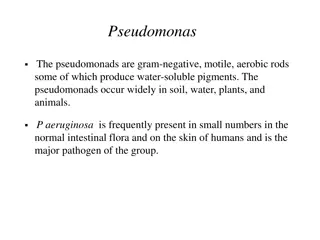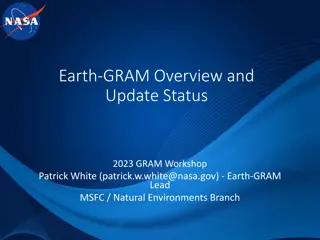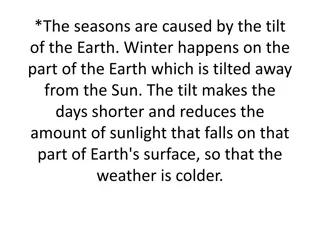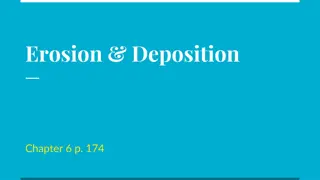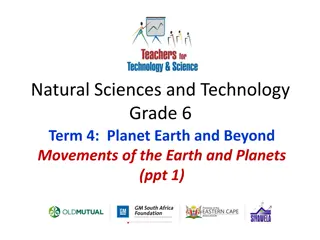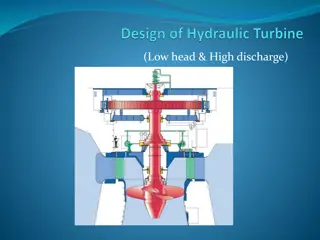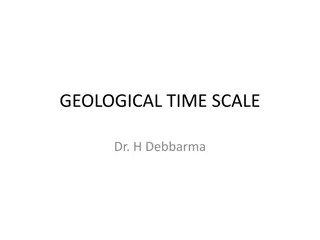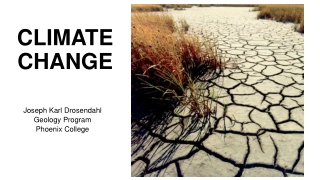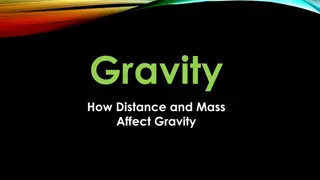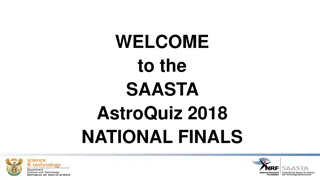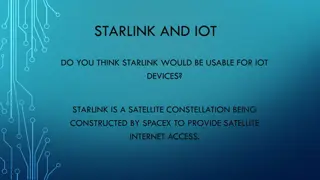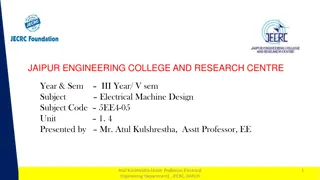Mission Design Considerations for a SmallSat Swarm in High Earth Orbit
HelioSwarm presents a mission concept involving a propulsive ESPA hub deploying smallsat nodes in a lunar resonant orbit. The swarm design requirements focus on complex hub-relative trajectories for each node, emphasizing high-rate data crosslinks and measurement-optimized tetrahedra formation. SmallSat considerations cover eclipse avoidance, required maneuvers, and duty cycle operations throughout the orbit to enable transformational science within cost constraints.
Download Presentation

Please find below an Image/Link to download the presentation.
The content on the website is provided AS IS for your information and personal use only. It may not be sold, licensed, or shared on other websites without obtaining consent from the author. Download presentation by click this link. If you encounter any issues during the download, it is possible that the publisher has removed the file from their server.
E N D
Presentation Transcript
HelioSwarm: Mission Design Considerations for a SmallSat Swarm in High Earth Orbit Stephen West Flight Dynamics Team, Spaceflight Division Metis Technology Solutions NASA Ames Research Center NASA Short Talk, SmallSat 2020 NASA Short Talk, SmallSat 2020 1
HelioSwarm Mission Concept A propulsive ESPA hub deploys eight smallsat nodes in a 2:1 lunar resonant orbit Lunar orbit Rotating frame, top view Earth Centered Inertial (ECI), top view Engineering burn P/2 Science orbit Lunar flyby Phasing loop 1 PAM Phasing loops Phasing loop 2 Phasing loop maneuvers (SPM) Phasing loop 3 6/29/2020 NASA Short Talk, SmallSat 2020 2
Swarm Design Requirements Each node maneuvers (low thrust) to fly complex hub-relative trajectories Before and after apogee, nodes form baselines that span multiple scales both along and across the swarm-Sun line Near perigee, the nodes return to the vicinity of the hub (<200 km) to provide high rate data crosslinks Near apogee, nodes form multiple measurement-optimized tetrahedra at different scales 6/29/2020 NASA Short Talk, SmallSat 2020 3
SmallSat Considerations: Eclipses Nodes require long eclipse avoidance, placing constraints on science orientation ECI, side view High ecliptic inclination reduces eclipse likelihood. Ecliptic argument of periapsis revolves around 90 or 270 degrees to reduce time spent in the ecliptic plane. Rotating frame, side view 6/29/2020 NASA Short Talk, SmallSat 2020 4
SmallSat Considerations: Maneuvers Each node required to provide 100-450 hours cumulative thrust time Electric Propulsion System: 0.76 mN at 4000 sec Isp 6/29/2020 NASA Short Talk, SmallSat 2020 5
SmallSat Considerations: Duty Cycle Each node operates throughout orbit: science near apogee, maneuvers and communications near perigee 6/29/2020 NASA Short Talk, SmallSat 2020 6
Conclusions Small spacecraft enable transformational science within the MIDEX cost-cap Mission design must consider the performance capabilities and constraints of the smallsat platform Eclipse mitigation necessary in HEO Capabilities drive maneuver design (e.g. electric low-thrust vs. chemical mono-prop) Science observations and formation requirements demand high duty cycle 6/29/2020 NASA Short Talk, SmallSat 2020 7


